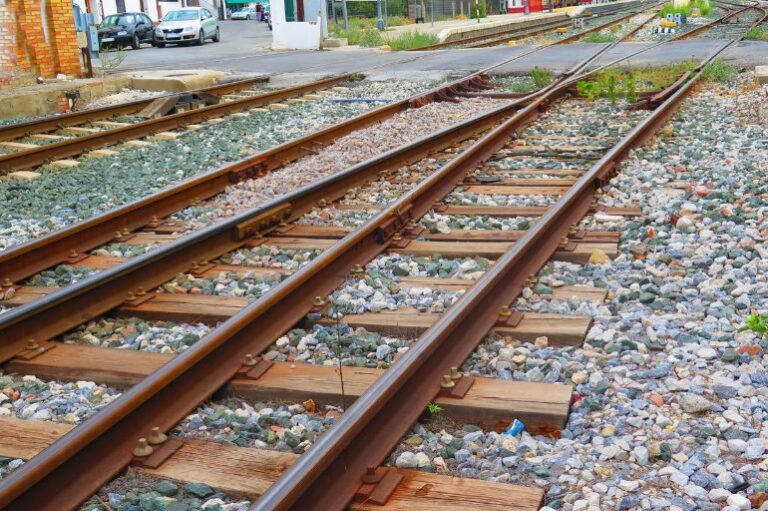This is an issue that creates headlines when there’s an incident, but falls off the public radar very quickly despite the long lasting impact on the victims and their families. You could feel the tension when it was raised in the opening address by The Hon Catherine King MP at the TruckingAustralia24.
According to the Minister, heavy vehicle drivers are significantly overrepresented in railway crossing incidents including near misses, collisions, and fatalities; representing 18% of passive level crossing collisions, despite only making up 4% of the overall registered vehicle fleet.
I got the feeling from the room that transport operators viewed this issue as a railway problem because trucks and transport operators are very heavily regulated while there are issues with signage and visibility at railway crossings, and no standardisation on train lighting.
Minister King explained that, “According to the Office of National Rail Safety Regulator, the primary cause of accidents at railway crossings is often, we don’t like to think of it, but is often driver behaviour.”
“And this isn’t about blame,” she continued. “But it is about keeping all workers in our transport sector safe.
As I’ve said previously, at other occasions, this is your workplace. It is the rail drivers workplace as well, and level crossings are where both of your workplaces interact.”
“It’s also where you interact significantly with the community as well. So it is a shared responsibility between rail operators, heavy vehicle operators, and the community, and governments in terms of how we treat level railway crossings.”
As governments we are committed to improving safety at level crossings.
The Hon Catherine King MP
At a recent roundtable meeting in Brisbane last month attended by the ATA (which didn’t include have vehicle users which will be changed), stakeholders from road transport and railway discussed a number of ideas that can be implemented by industry.
Some of the commitments were:
- The development of a nationally consistent and sustained driver education program, in collaboration with road and rail regulators, and industry.
- Exploring options for in-vehicle technologies to provide more information to drivers about level crossings and approaching trains.
- Work towards national harmonisation of enforcement for driver non-compliance at level crossings, led by the National Transport Commission;
- Greater collaboration between sectors and governments in sharing data on high risk level crossings.
Rail operators, including Aurizon and Pacific National, committed to implementing the train illumination Code of Practice, once finalised by the Office of the National Rail Safety Regulator.






